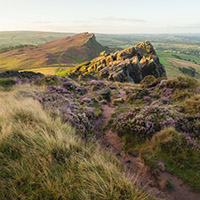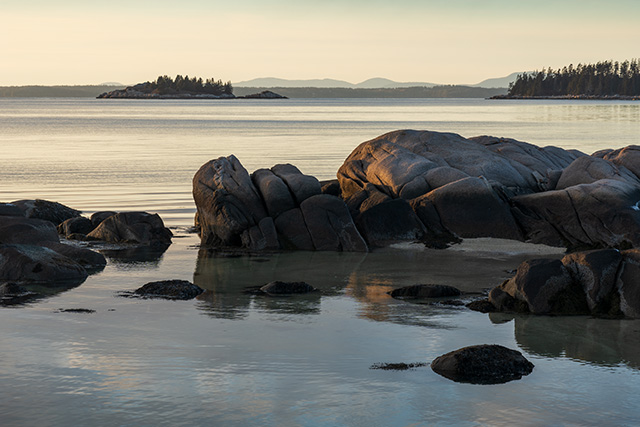Video: Is an F2.8 zoom lens always better than a similar F4 lens?
posted Monday, August 22, 2022 at 12:00 PM EST

As I work on my review of Sony's 24-105mm F4 G OSS lens, I have found myself coming up against an important question, is an F2.8 zoom lens really better than an F4 zoom lens? And if so, how? The immediate and obvious difference is that an F2.8 lens has a one-stop faster max aperture, which benefits astrophotography and portraiture, among other situations. But what about landscape photography, my preferred type of photography? Ignoring night sky photography for now, is it possible to tell the difference between an F2.8 and F4 zoom lens at apertures like F8 or F11? Is a more expensive, larger, and heavier F2.8 zoom lens worth it? Coincidentally, landscape photographer Nigel Danson tackled this question in his latest video.
In the video below, Danson wants to know if photographers should always seek out the most expensive lens with the fastest aperture. Are there diminishing returns that complicate the question? While he admits the testing below isn't super scientific, he puts the Nikon Z 24-70mm F4 S zoom against the Nikon Z 24-70mm F2.8 S to see if it's possible to tell the difference when looking at prints.
We've reviewed both lenses, and they're each excellent. However, the Z 24-70mm F4 S is available for under $1,000, while the 24-70mm F2.8 S is $2,400. That's a massive contrast in price that doesn't correlate to a similarly large difference in overall image quality, especially when you aren't shooting wide open. The Z 24-70mm F2.8 S lens is optically better. It is among Nikon's sharpest Z lenses and perhaps one of Nikon's best lenses ever. However, it's not more than twice as good as the Z 24-70mm F4 S. Plus, for some users, the lightweight design of the Z 24-70mm F4 S could be significantly more important than maximum sharpness.
With the Nikon Z system, the lenses in question offer the same focal length range. However, what I've been grappling with while reviewing the Sony 24-105mm F4 G OSS lens is that it offers more reach than the Sony 24-70mm F2.8 GM II. The 24-105mm F4 G lens is also more than $1,000 less expensive. The 24-70mm F2.8 GM II is a fantastic lens and is impressively lightweight given its F2.8 aperture.
For me, the extra reach takes priority. While I'm not a Sony shooter or Nikon shooter, I think the more versatile zooms are better for me, even at the cost of max aperture. "For me" is a critical part of that, though, as someone who wants to photograph portraits with a zoom lens will likely value a faster aperture much more than I will. And to return to night sky photography, a subgenre of landscape photography that I thoroughly enjoy, the max aperture is hugely important. F2.8 is about as slow as you want when shooting night sky images. When I used to shoot with a DSLR camera, I frequently used the Nikon 24-70mm F2.8G lens for night sky photography. These days, I think I'd opt for a faster, wider prime lens, which could be purchased with the savings acquired by buying an F4 zoom lens for more traditional landscape photography.

Readers, what do you think about the F2.8 versus F4 debate? Do you value a faster max aperture enough to justify the more expensive price tag and higher weight? Let us know in the comments below.
To see more from Nigel Danson, visit his website, follow him on Instagram, and check out his YouTube channel.
(Via Nigel Danson)